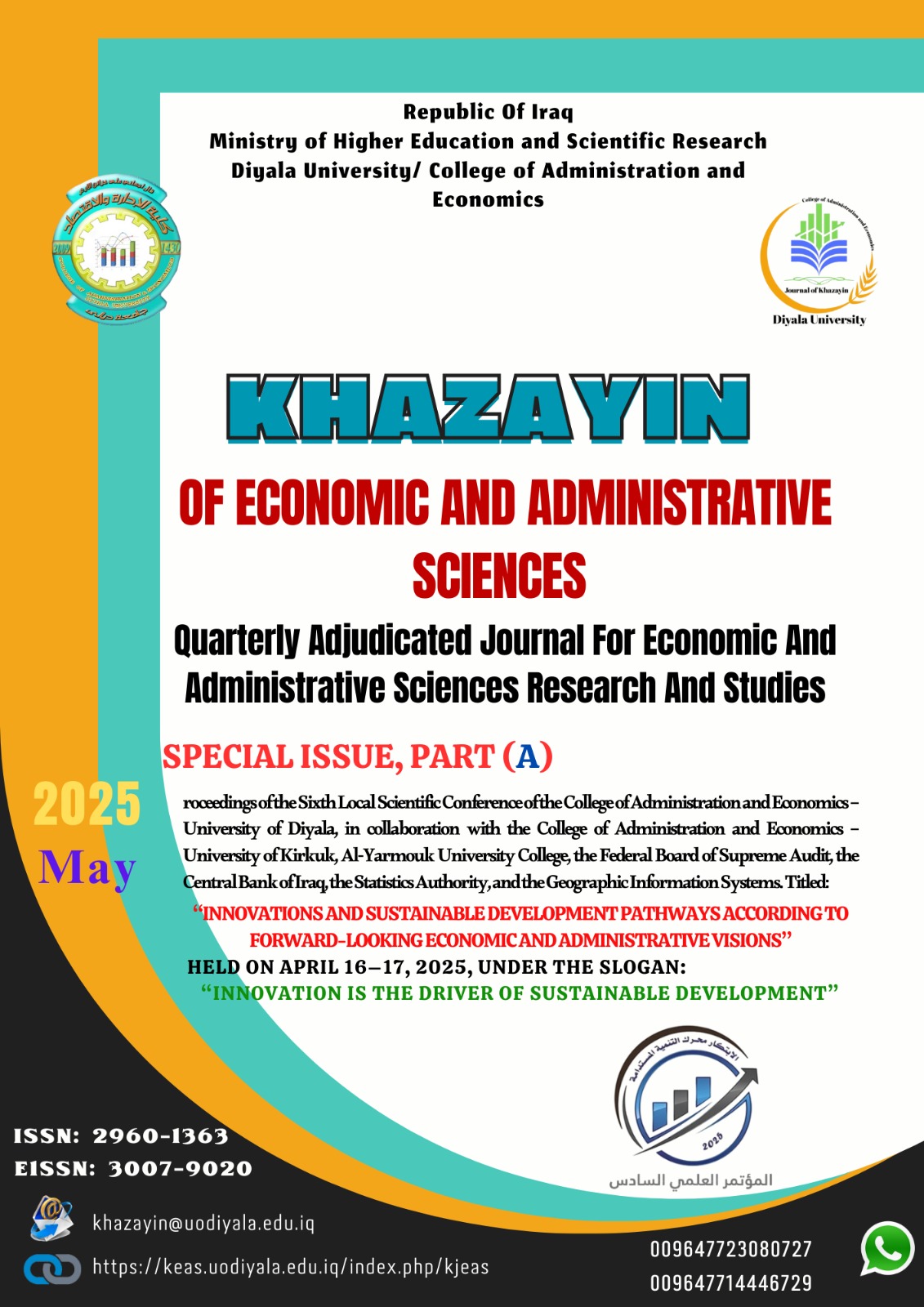Predicting Iraq's demographic changes using artificial intelligence
DOI:
https://doi.org/10.69938/Keas.Con1.250207Keywords:
Population prediction, neural network, fertility, population sizeAbstract
The subject of this article is to predict demographic changes in Iraq using neural networks (artificial intelligence) and provide evidence of a continuous and continuous decline in fertility and negative annual population growth in the future, and the emergence of important and emerging demographic issues. The research method in this study is the use of GMDH software. Two sets of data are selected for input to the neural network. Birth rate and death rate are used as neural network variables. The results show that neural networks perform better for predicting population size. The research method is demographic and documentary analysis. The latest population projections (2024) from the UN Population Division for the world show that Iraq's population will increase in 2030 based on the UN's three scenarios, namely the low, medium and high range. This study examines future changes in the number and annual growth of the population in Iraq, its age and gender composition, and the percentage of the working-age population. Based on the adjusted scenario that will be carried out in this study, the population of Iraq will increase in the coming years. The results of this study showed that achieving demographic balance and equilibrium in the long term should be the focus of population policymaking.

Downloads
Published
How to Cite
Issue
Section
License
Copyright (c) 2025 Khazayin of Economic and Administrative Sciences

This work is licensed under a Creative Commons Attribution-NonCommercial 4.0 International License.











